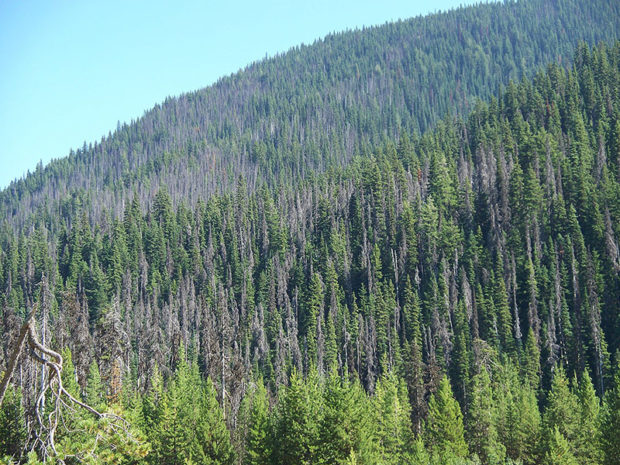What is a good choice for a privacy shrub in southwestern Michigan? How early in the spring can I plant it?
When seeking privacy, plant more than one plant. A trio works well as they balance each other, forming a community rather than an “orphan” look. Plant three of one species laid out in a shallow triangle so they fill in around each other aesthetically. Straight rows look artificial. You can also vary the trio with a single specimen for the center point and flank each side with another species.
For example, center a leatherleaf viburnum (Viburnum rhytidophyllum)with its soft, oval, gray-green leaves and flank it with native ninebarks (Physocarpus opulifolius) with burgundy leaves and peeling bark. Both are deciduous in zone 5. Viburnum tops out at about 10 feet and the ninebark tops out about 8 feet. They both bloom spring to early summer, have considerable winter interest, grow relatively quickly, and deer don’t find them appealing.
Another possibility is centering an evergreen such as ‘Green Giant’ arborvitae, which is an open pyramidal evergreen and less appealing to deer. They are tolerant of various soil types, but prefer good drainage. An evergreen paired with deciduous shrubs can get you more “instant” privacy than waiting for three identical shrubs to reach maturity.
Flank the evergreen with the ninebark variety Amber Jubilee which has gold-orange overtones in the leaf veins, or ‘Summer Wine,’ which features a dark burgundy color. By creating a group of compatible plants, spaced apart according to their mature width, you have something attractive to look at while achieving a privacy screen.
Related: Step-by-step guide to planting trees and shrubs
Related: Tree and shrub pruning tips


